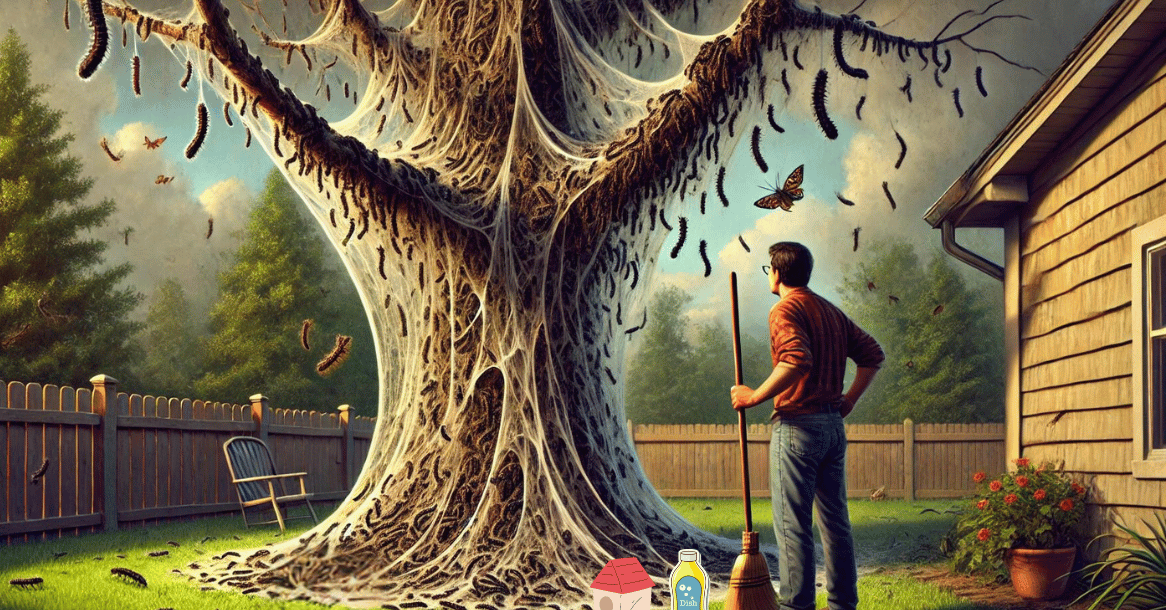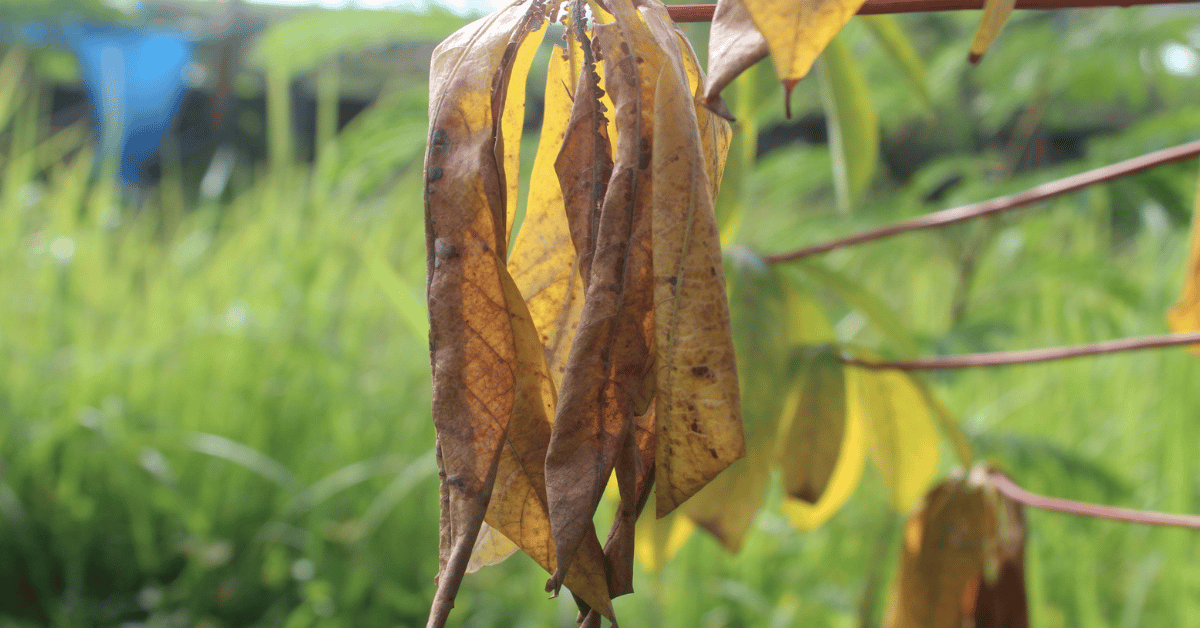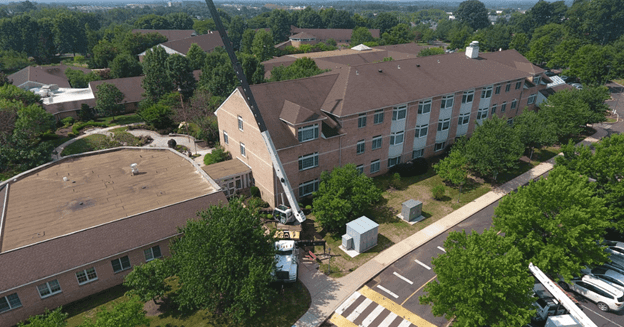Thousand Canker Disease (TCD) is a devastating threat to black walnut trees, caused by a deadly duo: the fungus Geosmithia morbida and the Walnut Twig Beetle (Pityophthorus juglandis). This silent killer silently attacks the heartwood of black walnut trees, leading to small cankers that multiply rapidly, eventually weakening and killing the tree. In this article, we will explore the intricacies of Thousand Canker Disease and discuss how to identify, prevent, and manage this perilous threat to one of America's most valuable hardwood species.
The Culprits: Geosmithia morbida and the Walnut Twig Beetle
Tiny but Lethal: The Walnut Twig Beetle

The Walnut Twig Beetle, a minuscule insect measuring only 1.5 mm in length, is the primary vector for Thousand Canker Disease. These beetles feed on the phloem tissues of black walnut trees and create entry points for Geosmithia morbida, the devastating fungus responsible for the disease. As they provide, they introduce the fungus into the tree, forming small cankers under the bark.
The Silent Invader: Geosmithia morbida

Geosmithia morbida, the fungus behind Thousand Canker Disease, infiltrates the tree's vascular system. As the fungus spreads, it disrupts the tree's ability to transport water and nutrients, developing multiple cankers under the bark. These cankers gradually expand and merge, causing extensive damage to the tree's vascular system.
Symptoms of Thousand Canker Disease
The Initial Signs
Detecting TCD in its early stages is challenging due to the hidden nature of the cankers. Symptoms typically emerge as the disease progresses, including wilting and yellowing of the leaves, branch dieback, and the presence of the Walnut Twig Beetle. By the time these symptoms become apparent, the tree is often in an advanced stage of infection.
Canker Formation
The most distinctive symptom of TCD is the formation of small, round cankers under the bark. The fungus causes these cankers, usually less than 3 mm in diameter. As the disease advances, the cankers multiply, and their coalescence causes the bark to split, revealing the extensive damage within.
The Threat to Black Walnut Trees
Economic Impact
Black walnut trees are highly valued for their beautiful wood, making them an essential component of the timber industry. Thousand Canker Disease poses a significant economic threat, as infected trees lose their value and endanger surrounding walnut trees by serving as a reservoir for Walnut Twig Beetles.
Ecological Impact
Beyond the economic implications, TCD has ecological consequences. Black walnut trees play a crucial role in forest ecosystems by providing habitat and food for wildlife. The loss of these trees due to TCD can disrupt local ecosystems and impact the species that depend on them.
Prevention and Management
Quarantine Measures
Preventing the spread of Thousand Canker Disease is critical. Quarantine regulations exist in several states to restrict the movement of black walnut wood and walnut products to avoid the transfer of the Walnut Twig Beetle and the fungus. Compliance with these regulations is essential to curbing the disease's dissemination.
Sanitation Practices
Proactive sanitation measures, including removing and disposing of infested trees, can help prevent the further spread of TCD. Infected wood should be destroyed or processed to eliminate the Walnut Twig Beetles and the fungus.
Chemical Treatment
There are no chemical treatments available to cure infected trees. However, preventative chemical treatments can be applied to high-value black walnut trees. These treatments can deter Walnut Twig Beetles from infesting the tree and spreading the fungus.
Early Detection and Rapid Response (EDRR)
Early detection of TCD is vital for effective management. Encouraging tree owners, arborists, and the general public to report suspicious symptoms and signs of the disease can help identify new outbreaks. A swift response is crucial to contain and manage the disease effectively.
Conclusion
Thousand Canker Disease, driven by the devastating partnership of the Walnut Twig Beetle and Geosmithia morbida, poses a grave threat to black walnut trees. These magnificent trees, valuable for their wood and ecological contributions, face economic and environmental challenges due to TCD.
Preventative measures, sanitation practices, and early detection and response are essential for mitigating the impact of this silent killer. As tree enthusiasts and environmental stewards, understanding and actively working to combat Thousand Canker Disease is critical in preserving the future of black walnut trees.











